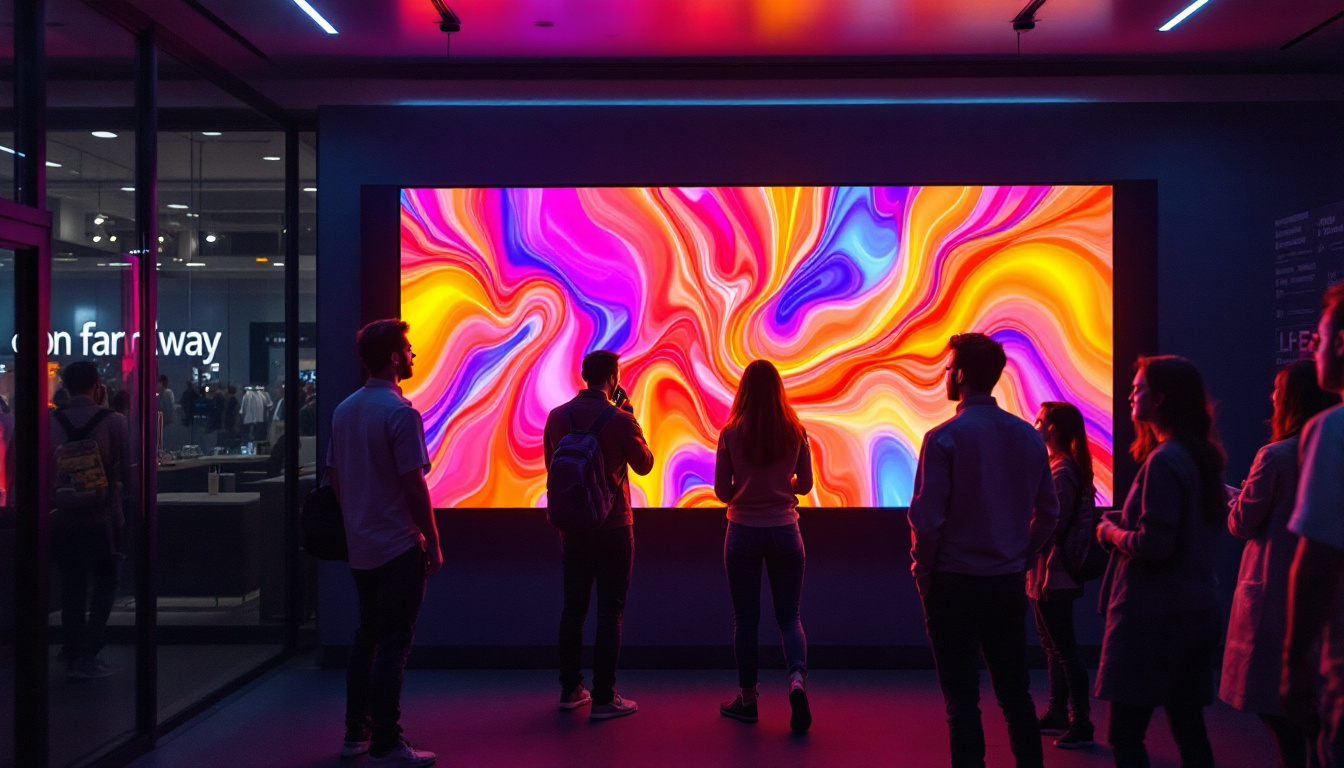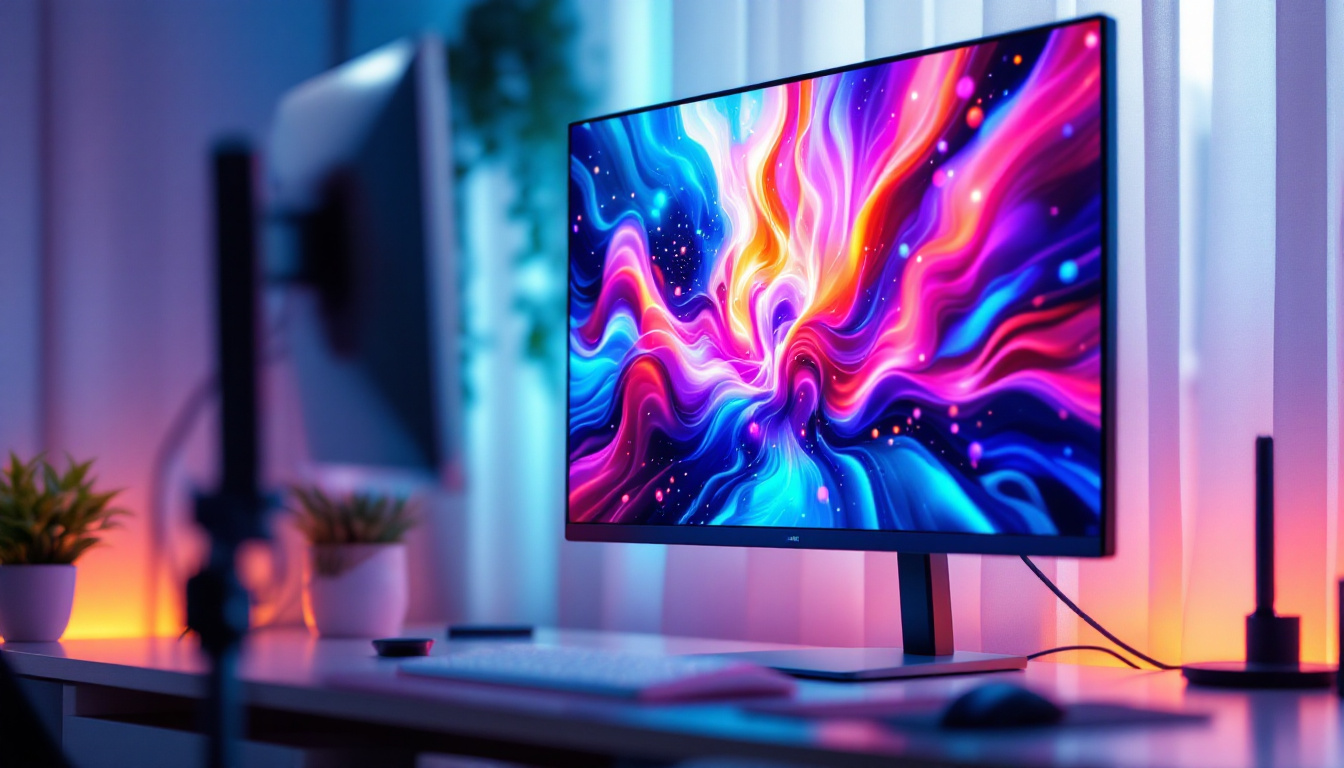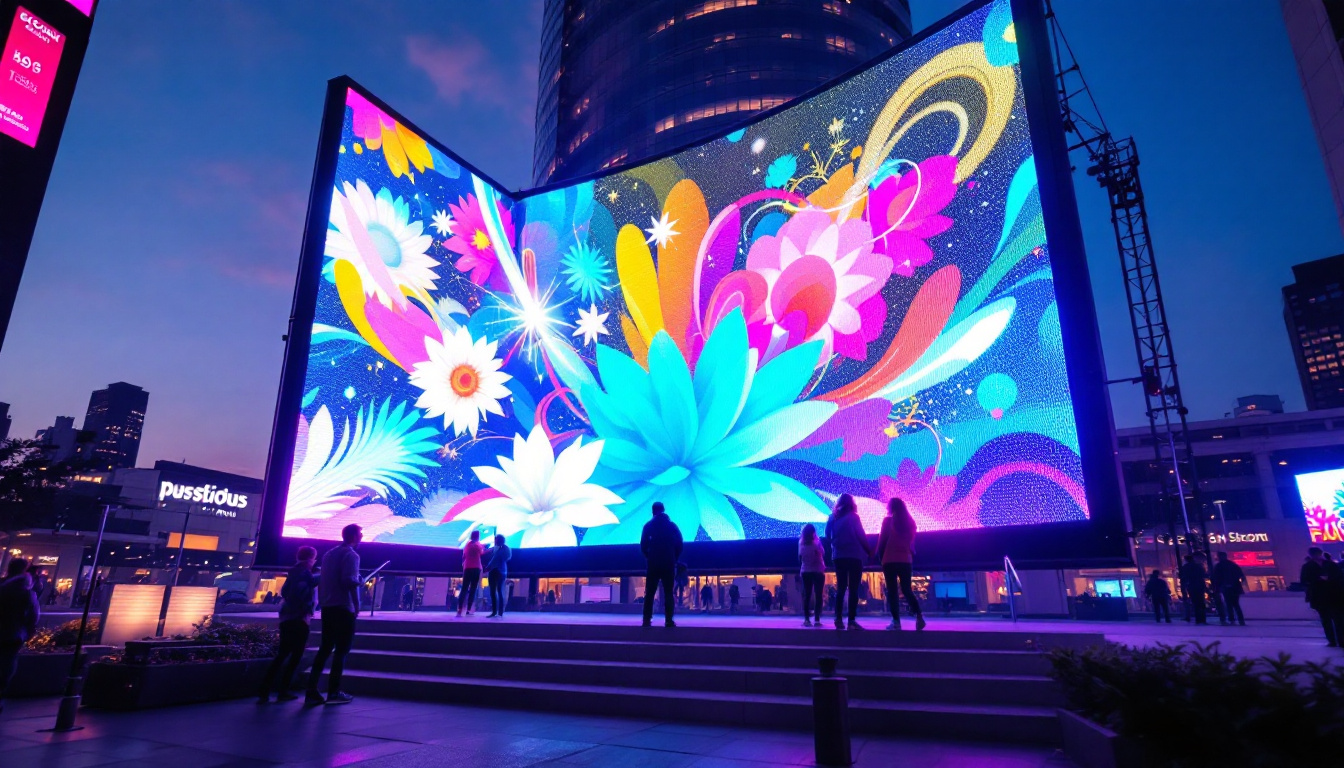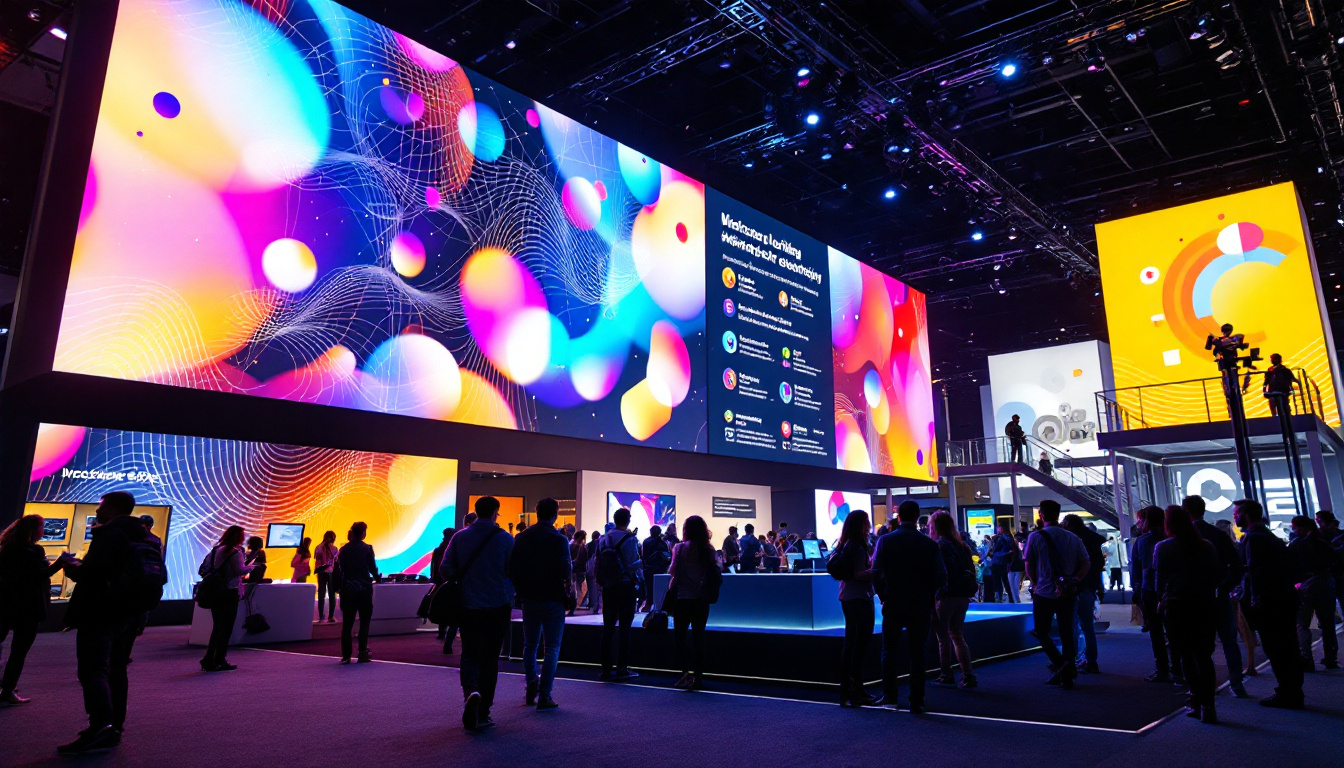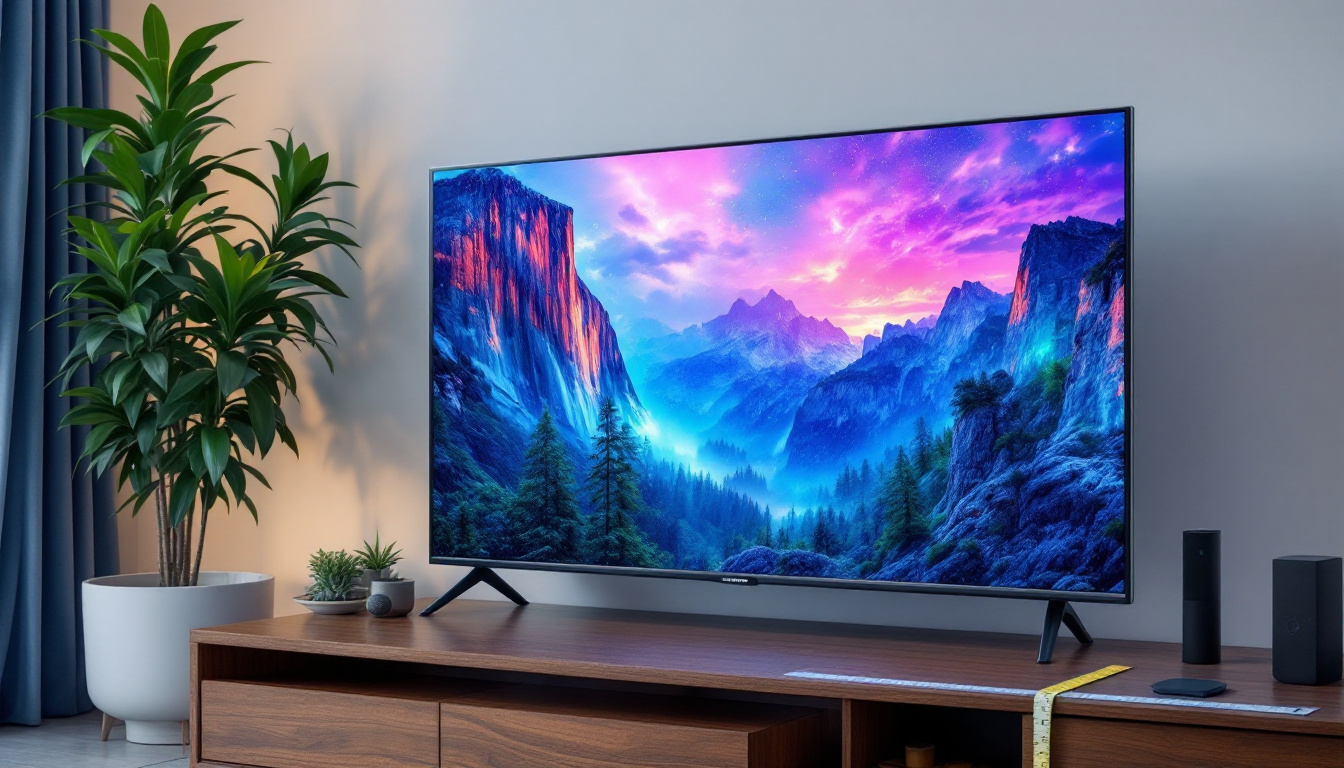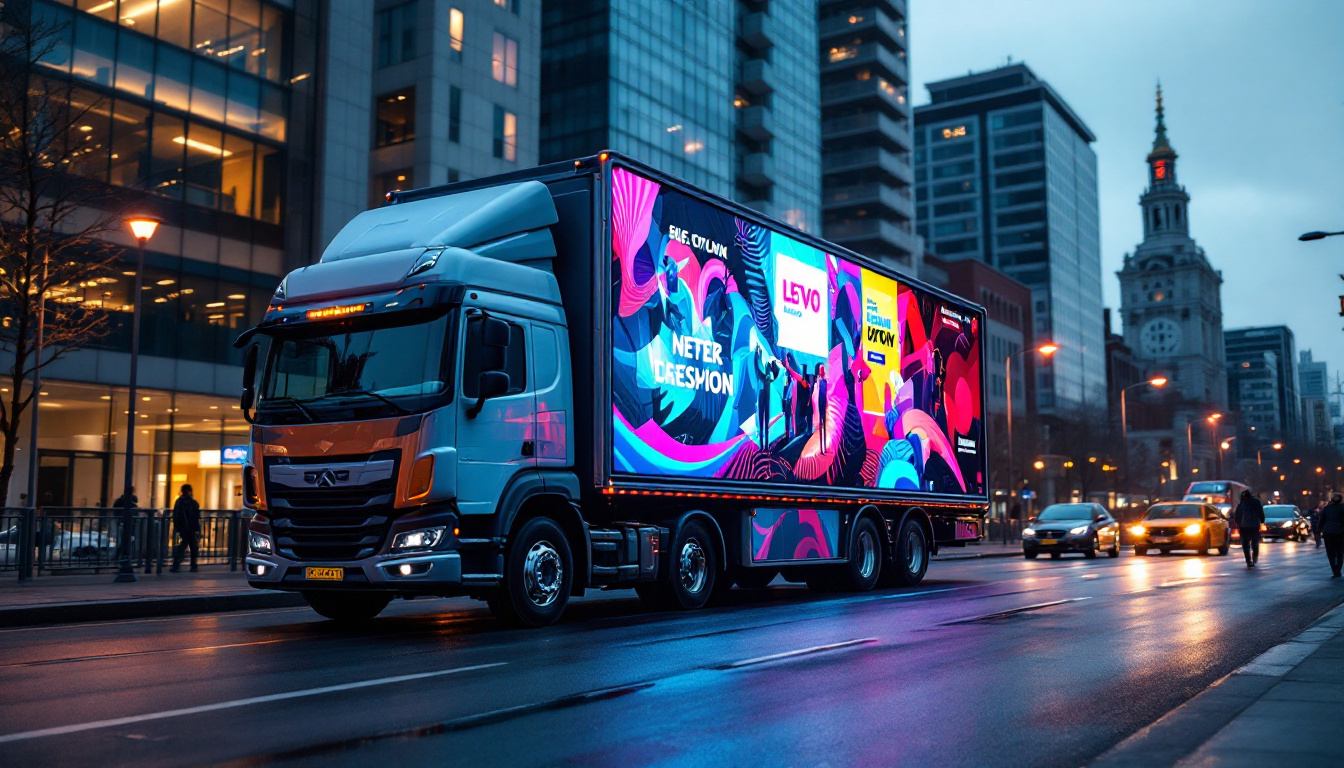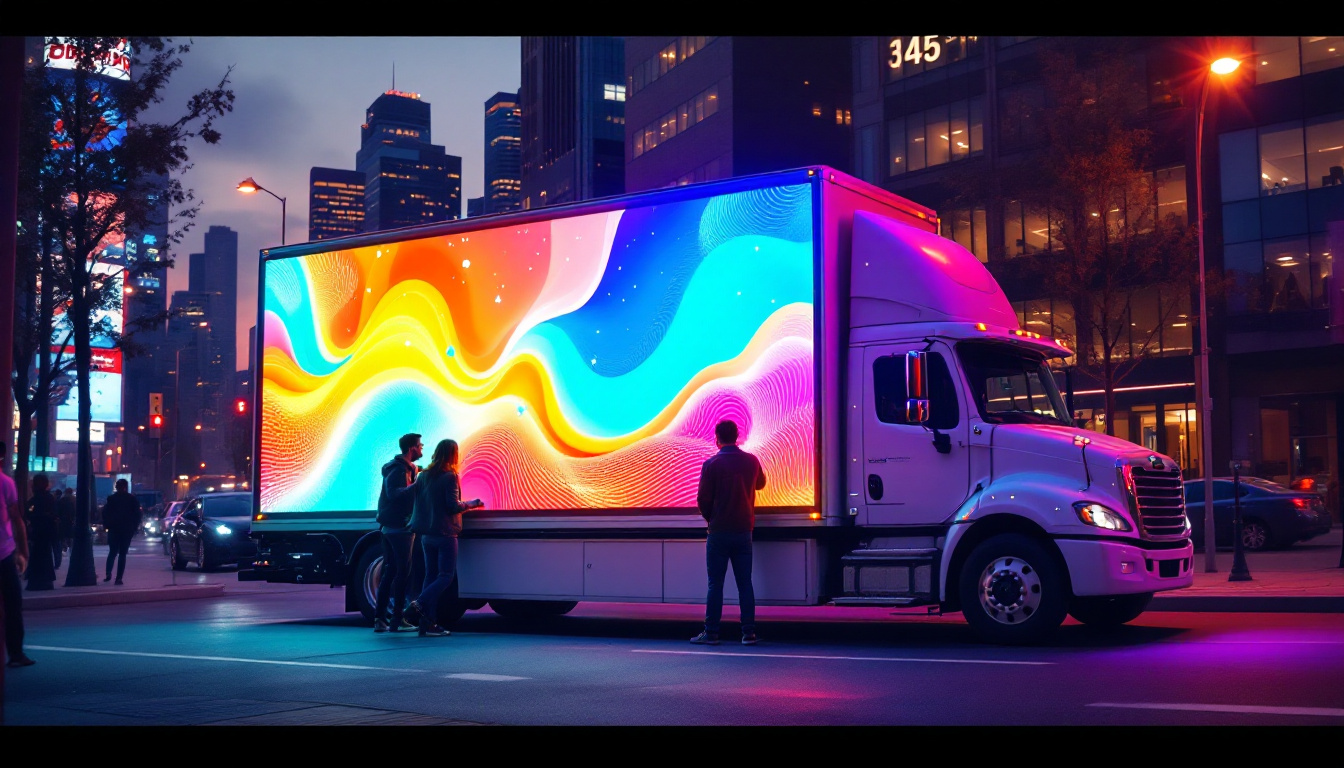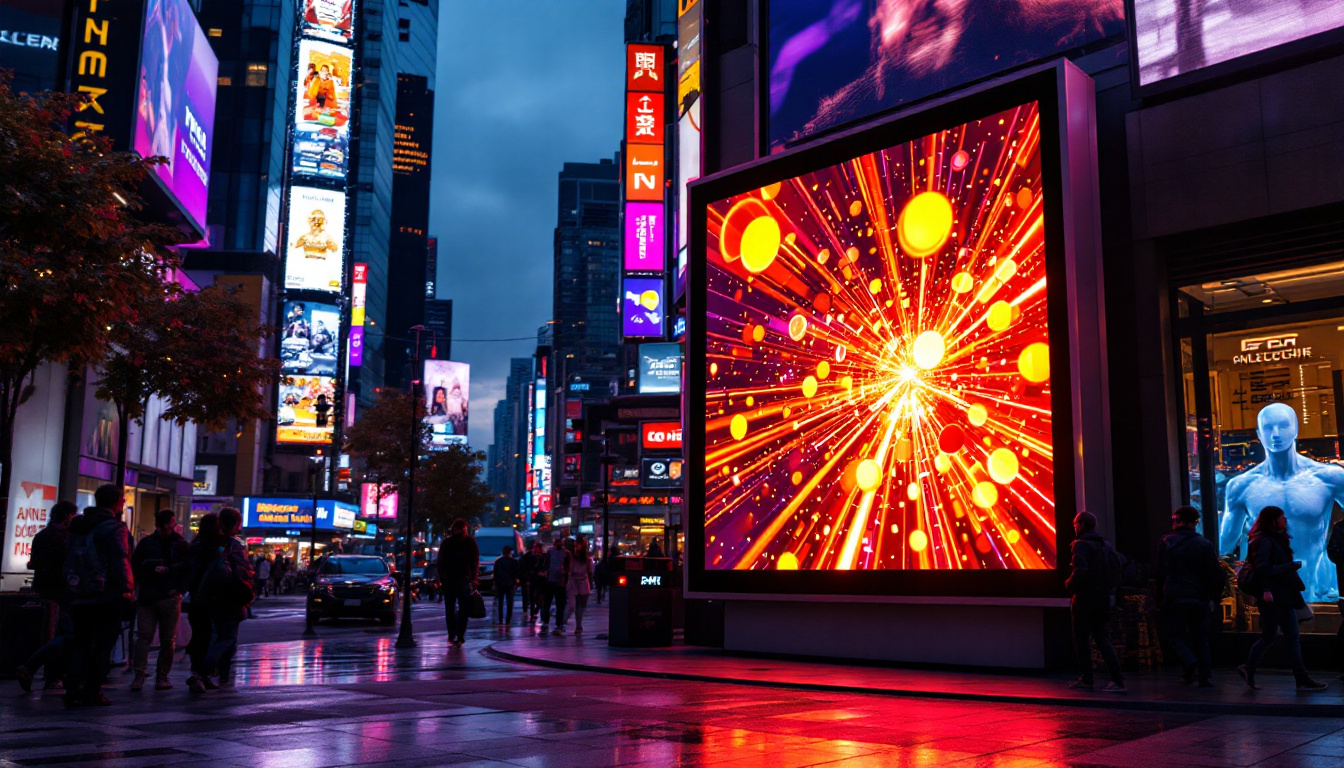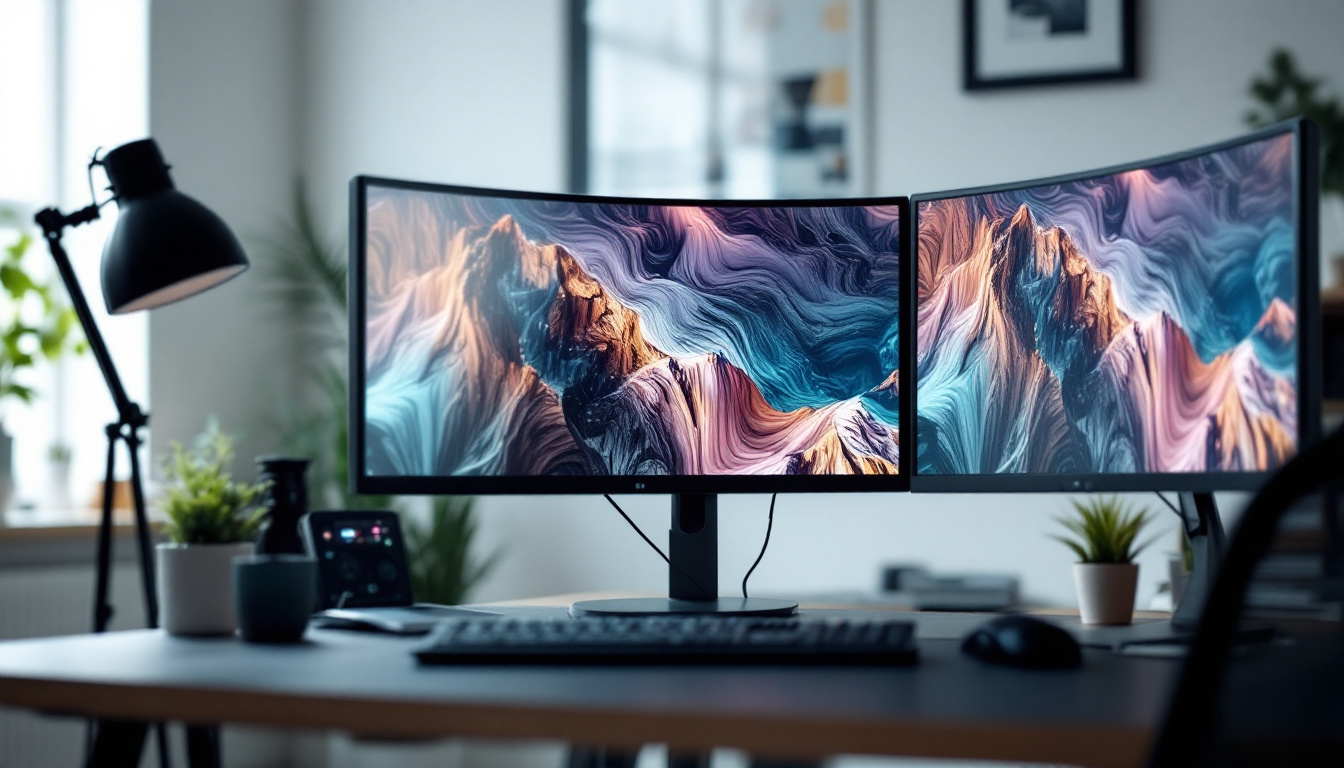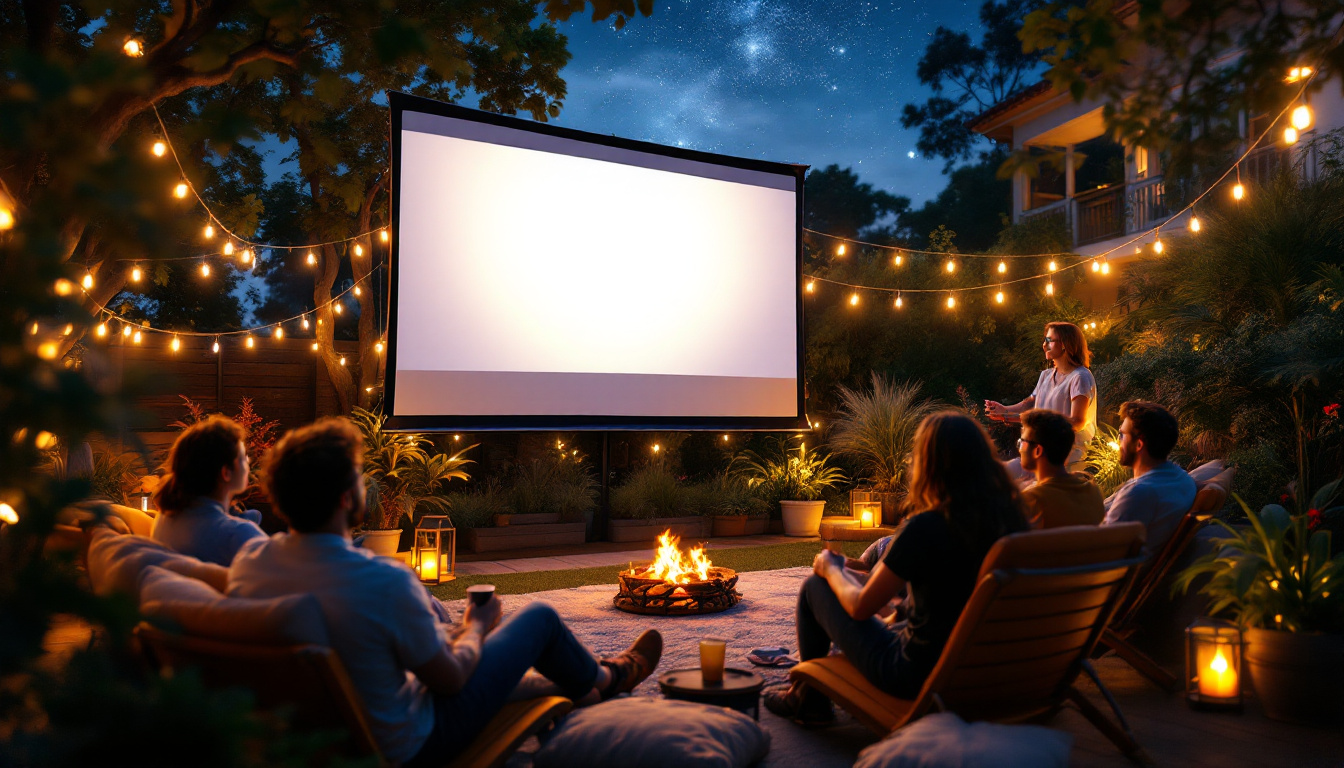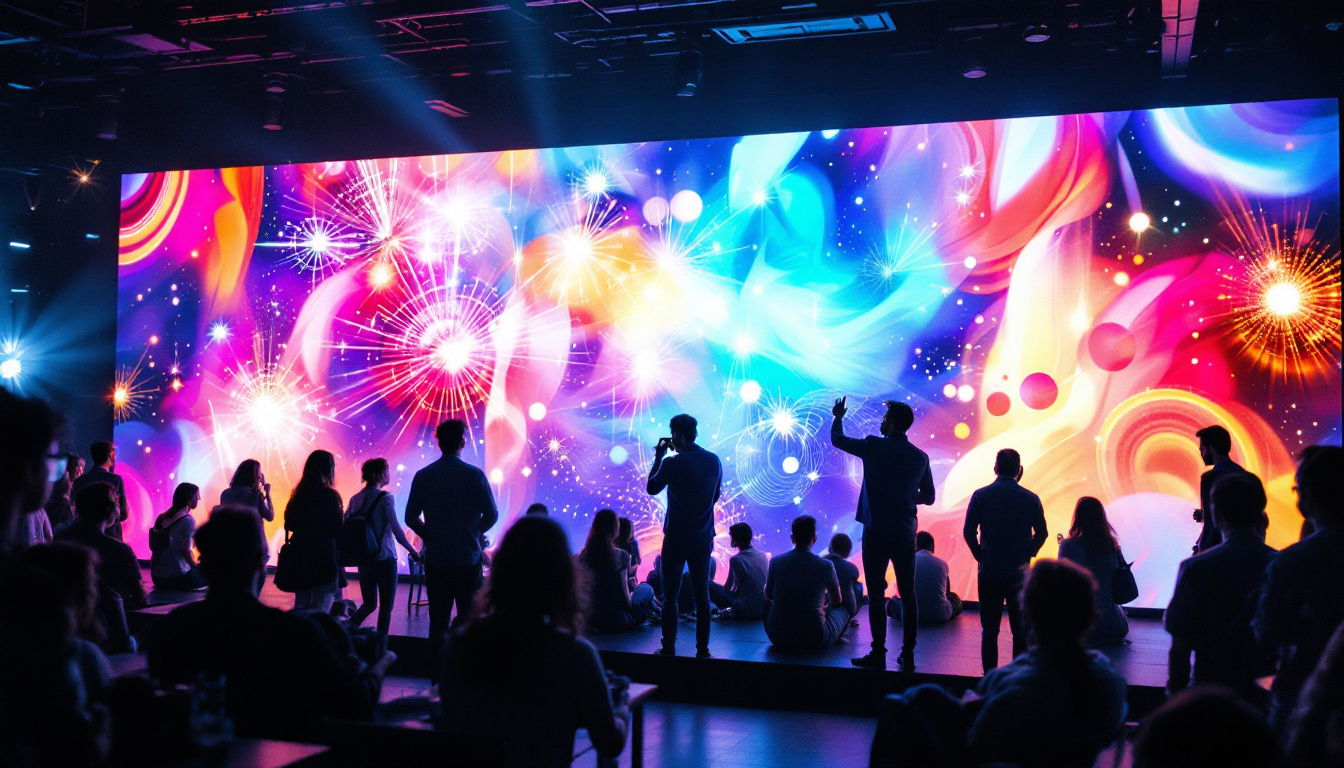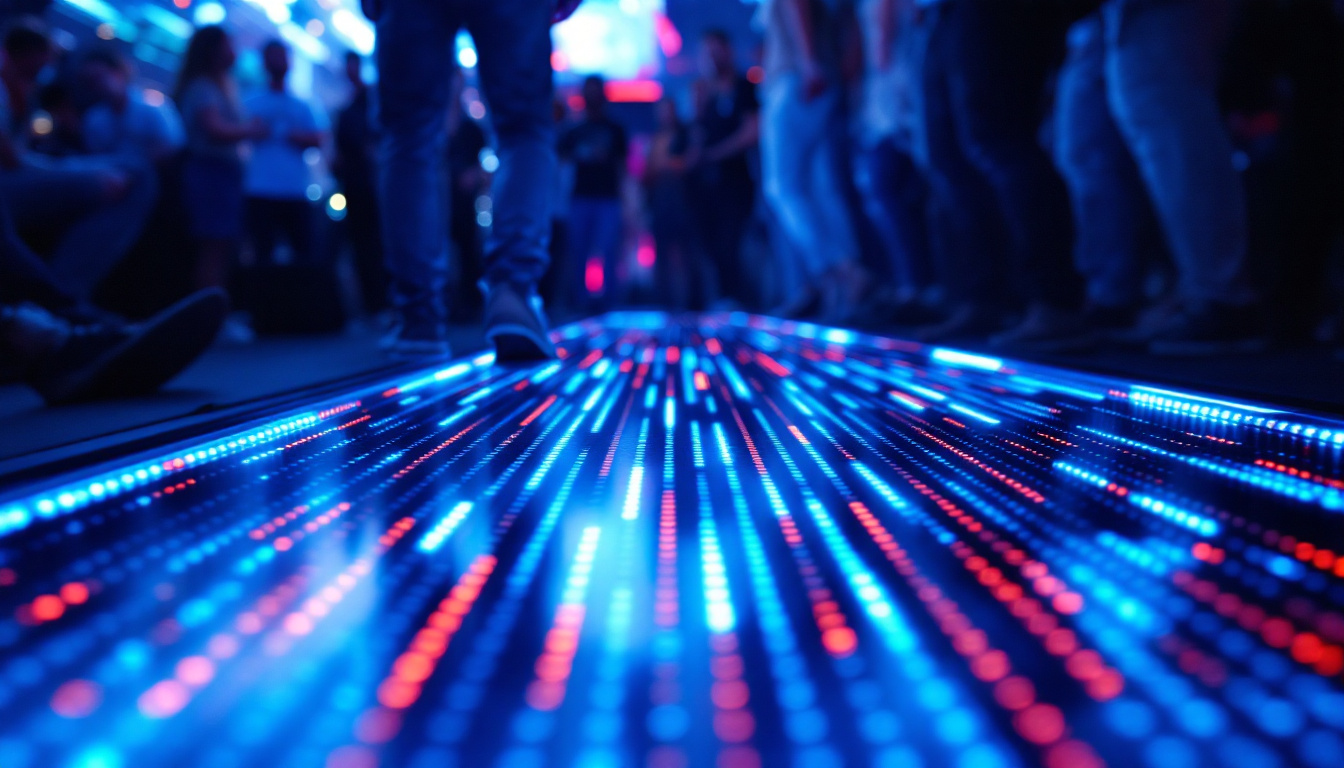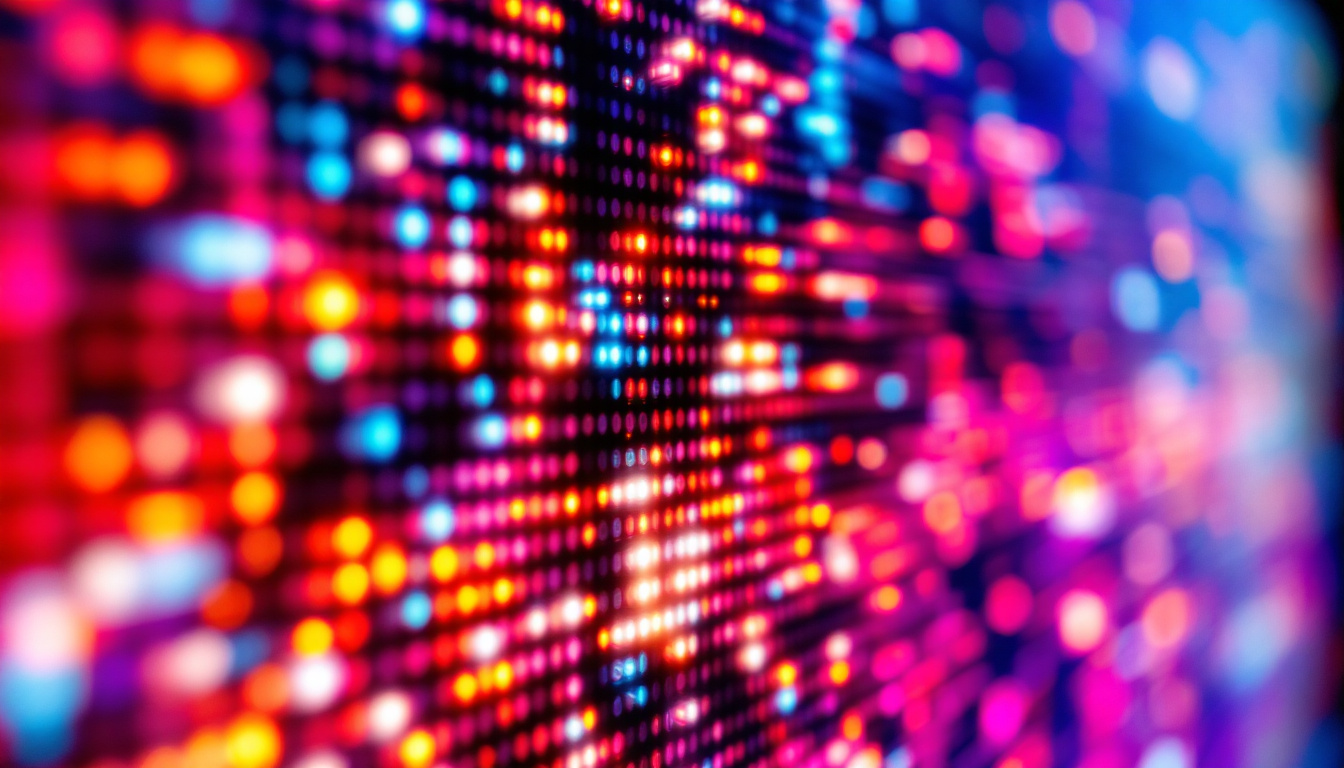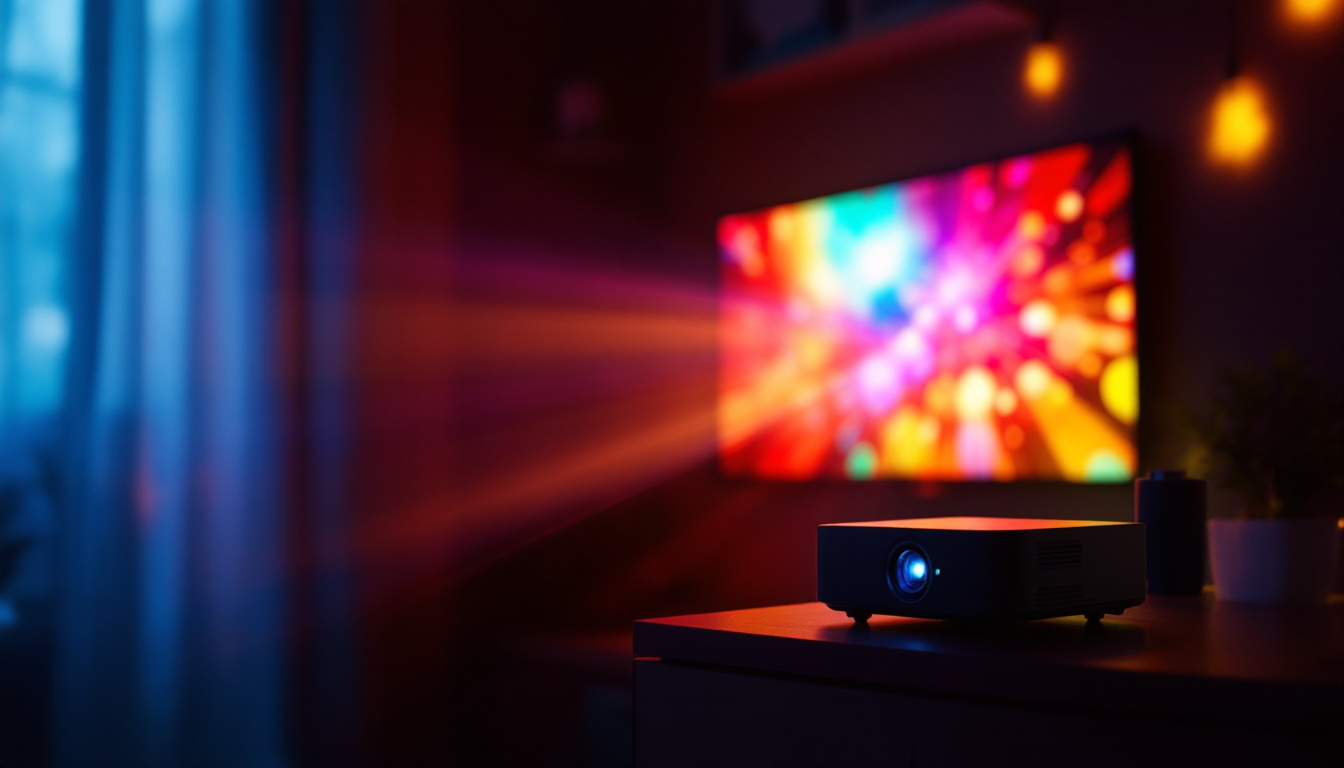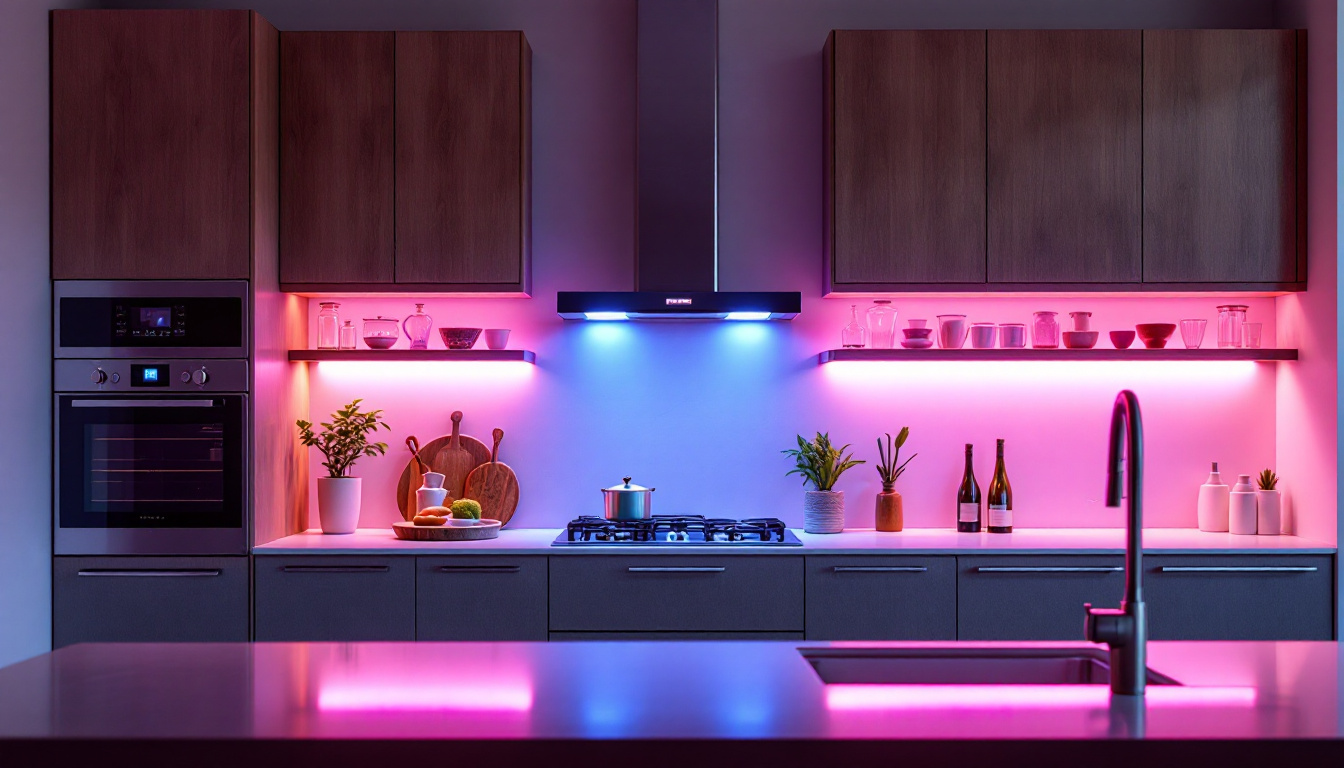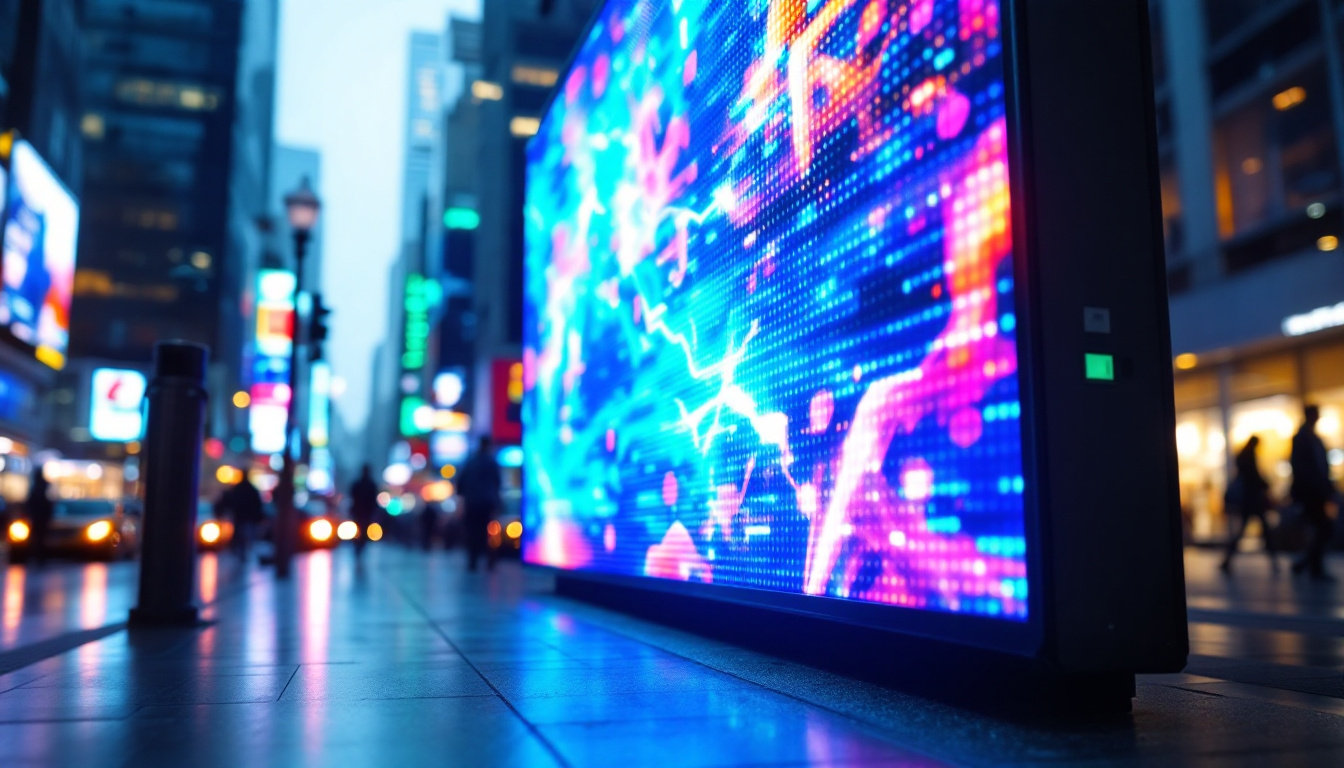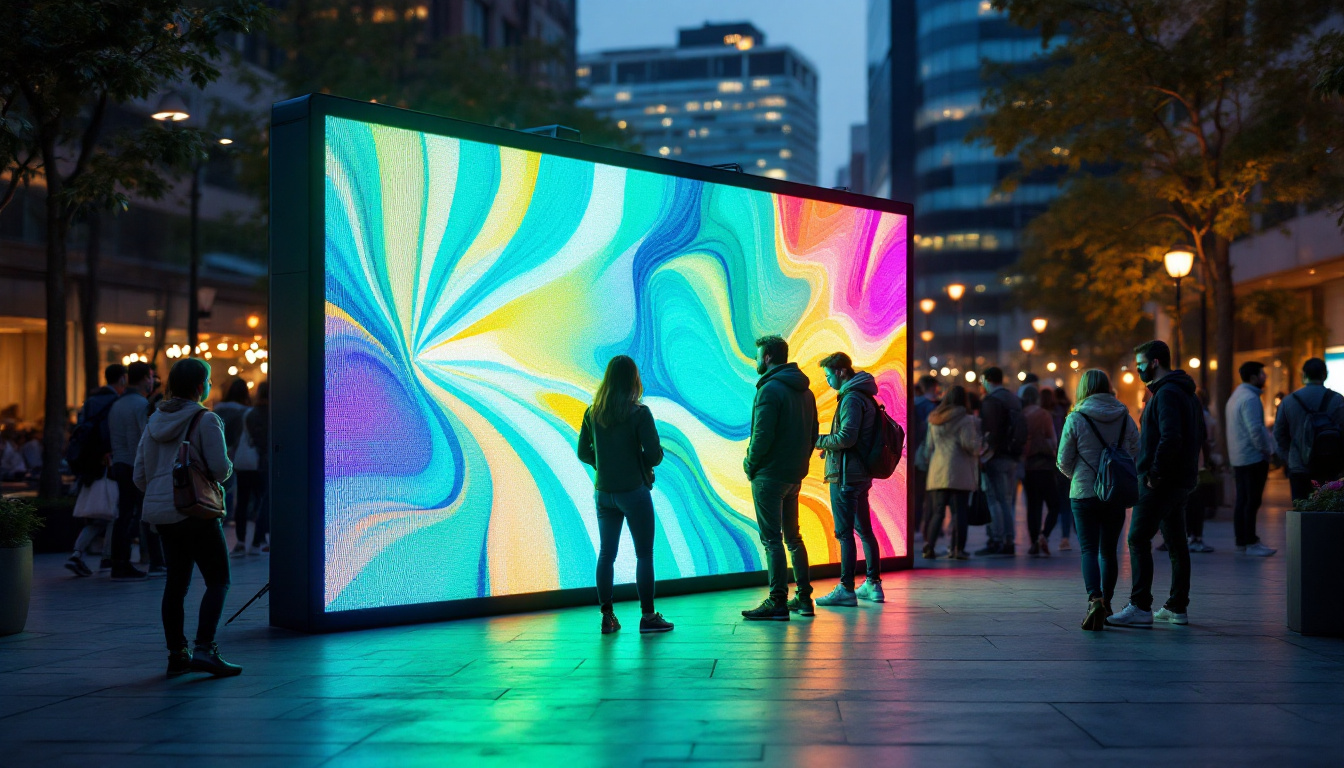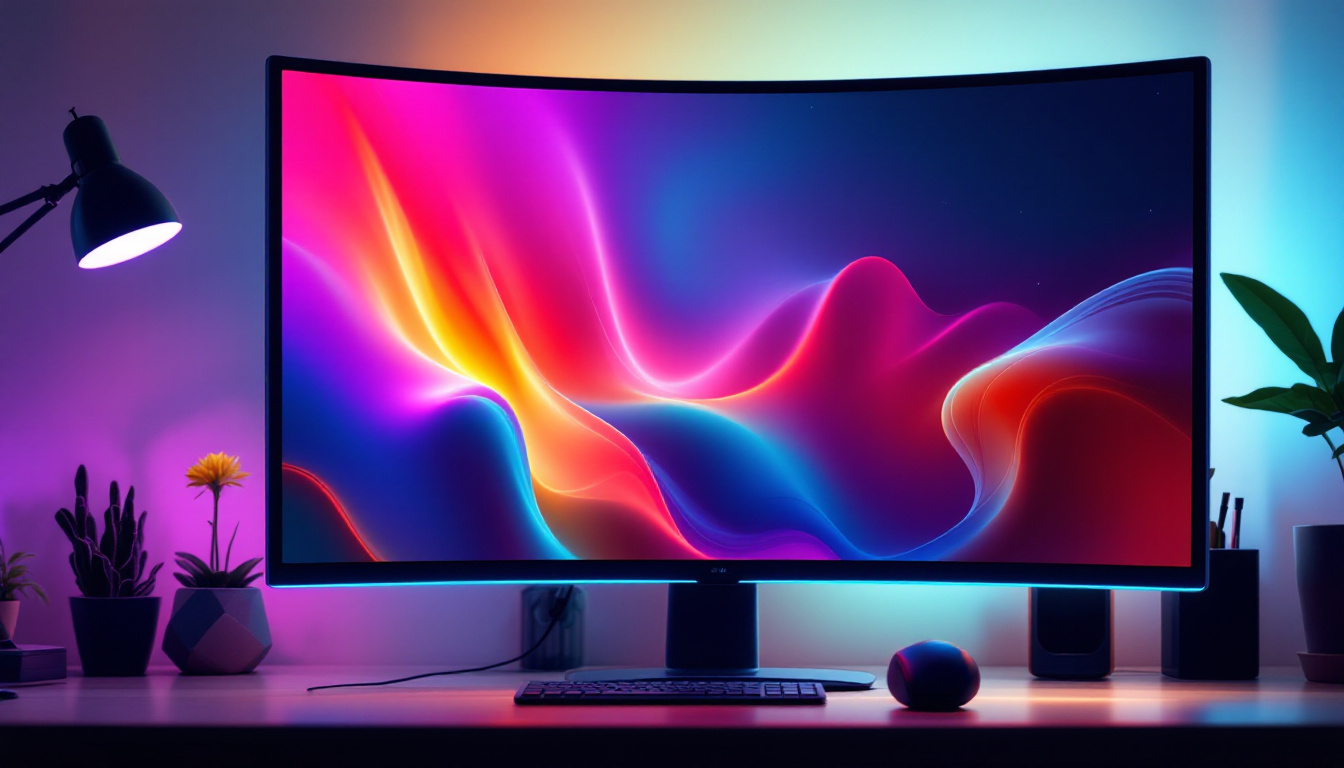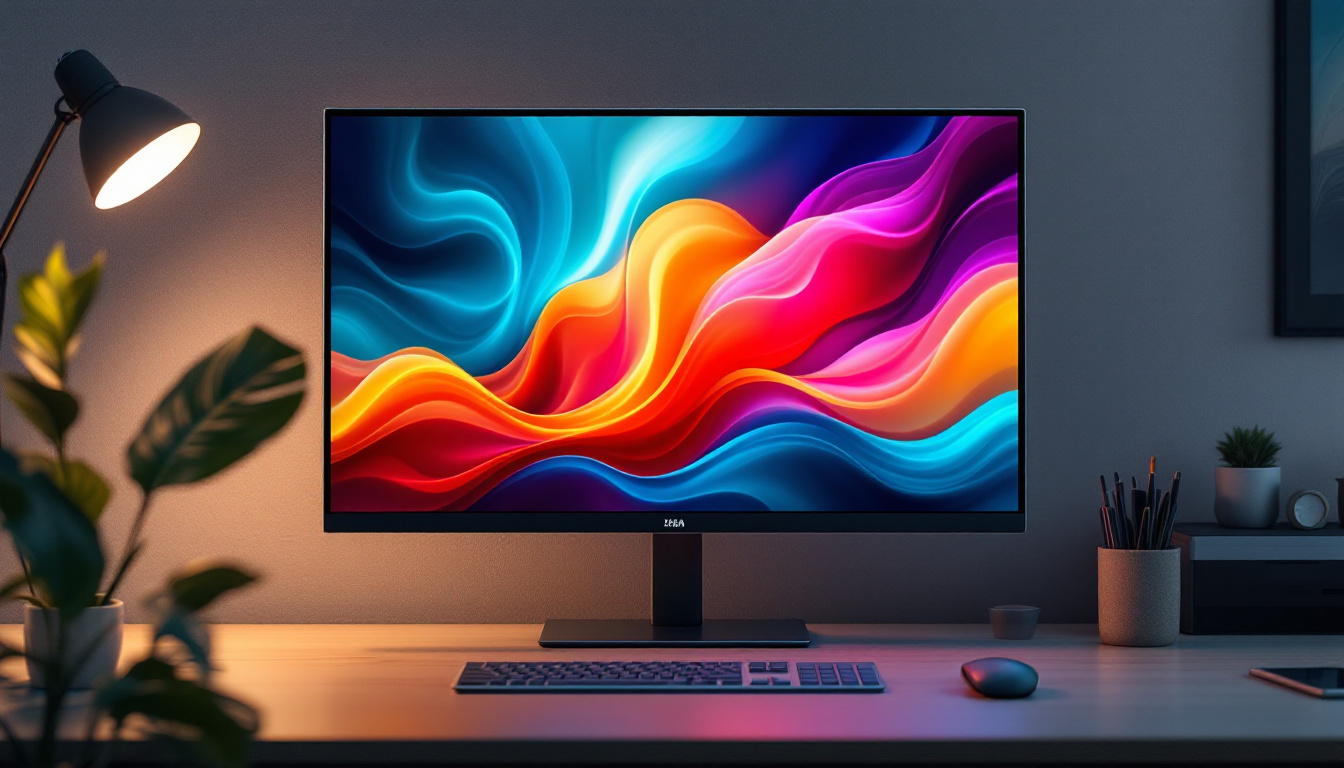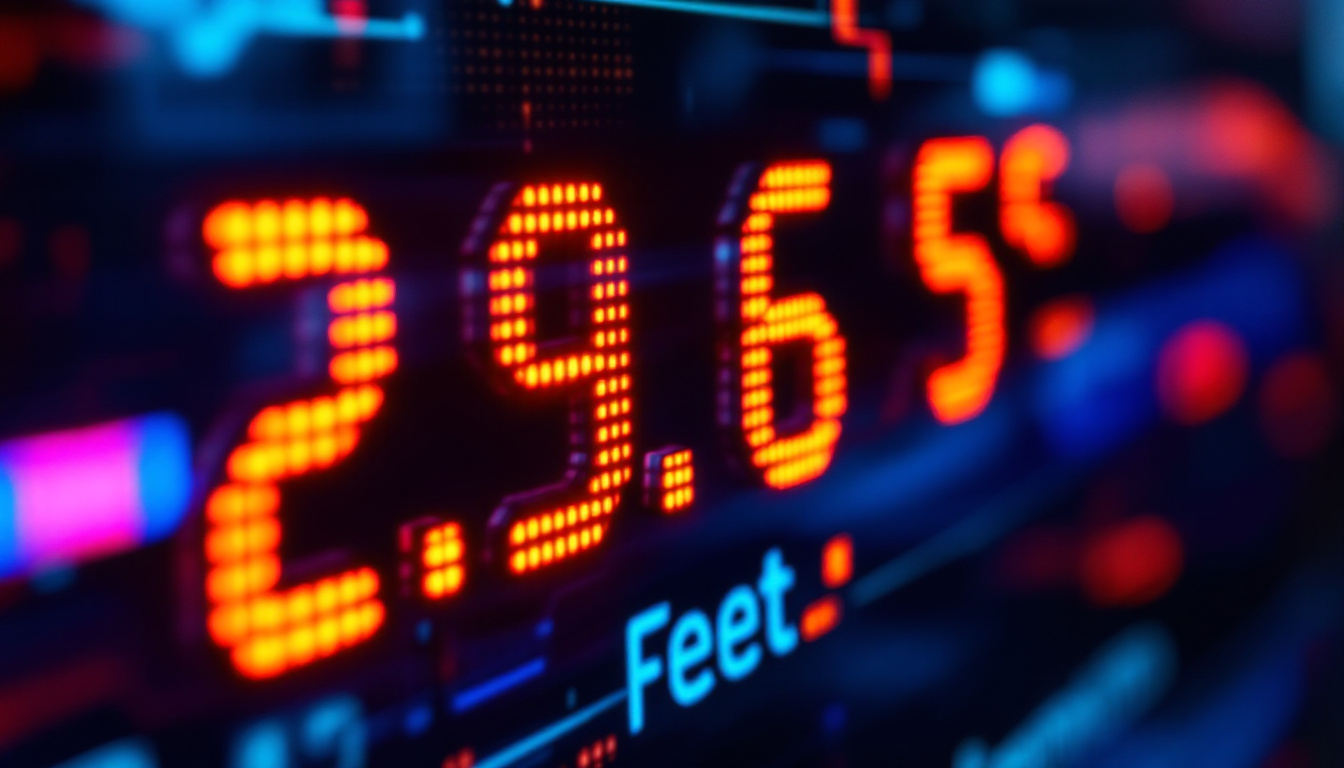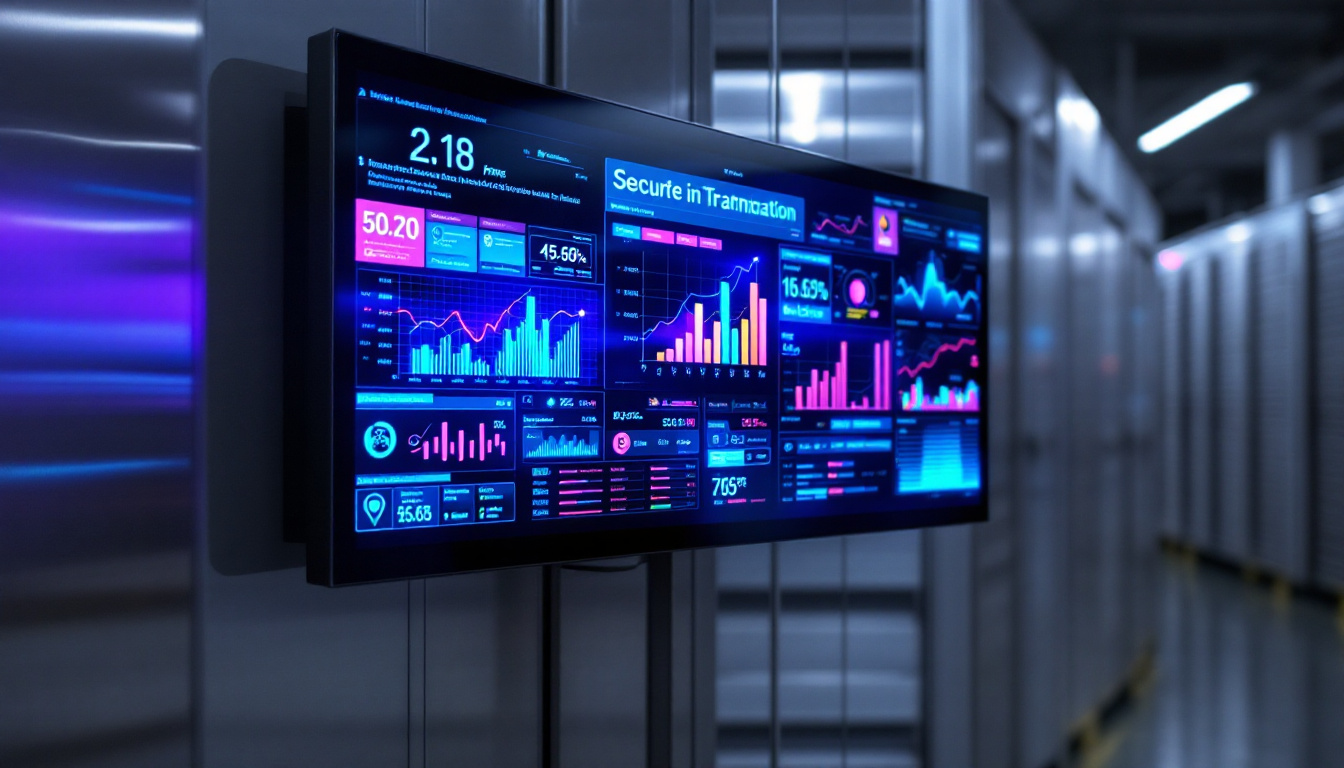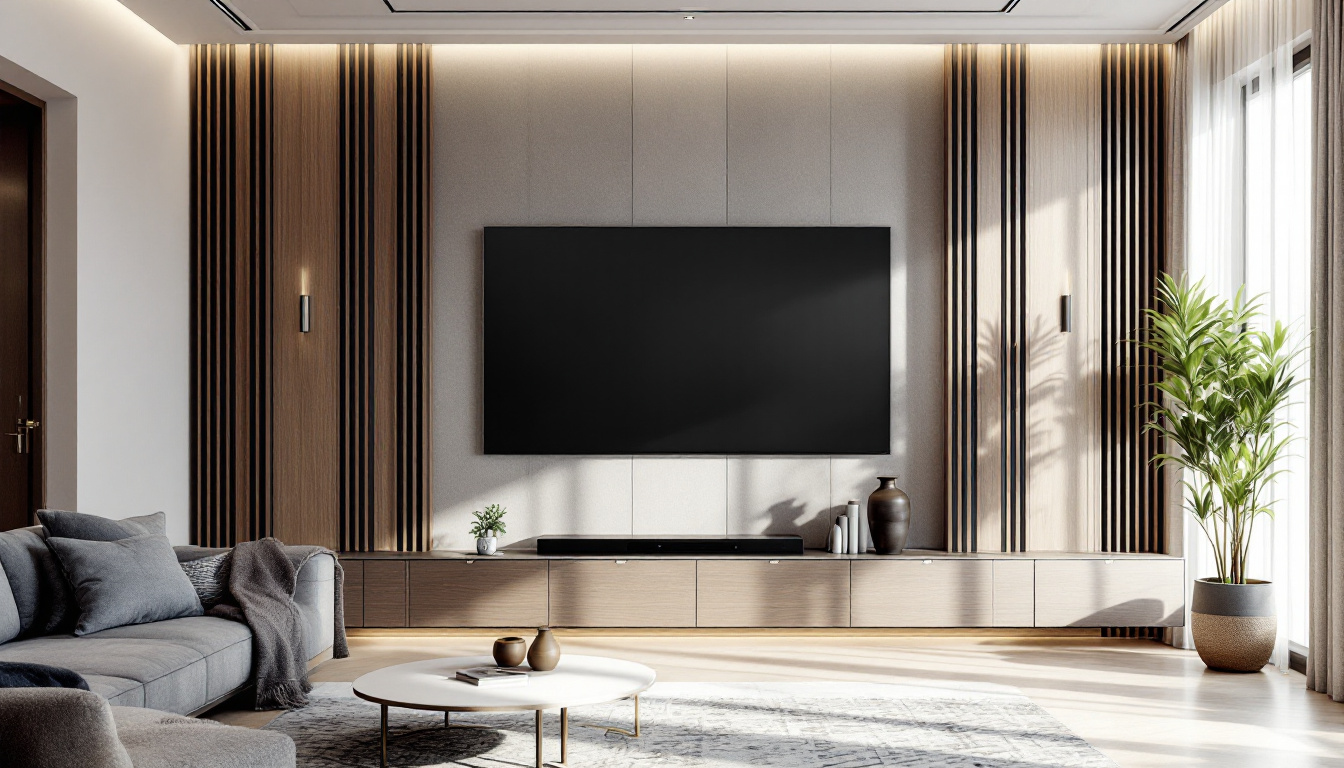In today’s digital age, the use of screens has become ubiquitous in various environments, from homes to corporate offices and public spaces. Among the different types of screens available, LED displays have emerged as a popular choice for indoor applications. This article delves into the intricacies of LED displays, exploring their technology, advantages, applications, and future trends.
Understanding LED Technology
Light Emitting Diodes (LEDs) are semiconductor devices that emit light when an electric current passes through them. This technology has revolutionized the way screens are designed and utilized, offering a range of benefits over traditional display technologies such as LCD and CRT. The efficiency of LEDs not only leads to lower energy consumption but also results in longer lifespans compared to their predecessors, making them a more sustainable choice for consumers and businesses alike.
How LED Displays Work
LED displays consist of an array of tiny LEDs that form pixels. Each pixel can produce a range of colors by combining red, green, and blue light. When these colors blend, they create the full spectrum of colors visible to the human eye. The arrangement and density of these pixels determine the display’s resolution and image quality. This pixel arrangement is crucial, especially in high-definition displays, where the clarity and detail of the image can significantly enhance the viewing experience.
In indoor settings, LED displays are typically used in two main configurations: direct view and backlit. Direct view LED displays utilize individual LEDs to create images directly on the screen, while backlit LED displays use LEDs to illuminate an LCD panel from behind, enhancing brightness and color accuracy. The direct view technology is particularly beneficial for large-scale installations, such as digital billboards or sports arenas, where visibility from various angles is essential.
Types of LED Displays
LED displays can be categorized into several types based on their application and configuration:
- Standard LED Displays: Commonly used for signage and advertising, these displays offer vibrant colors and high brightness. They are often found in retail environments and public spaces, capturing the attention of passersby with their dynamic visuals.
- OLED Displays: Organic Light Emitting Diodes provide better contrast and color accuracy, making them ideal for high-end applications. The self-emissive nature of OLED technology allows for deeper blacks and a wider color gamut, which is particularly advantageous in home theater systems and premium smartphones.
- MicroLED Displays: An emerging technology that offers even higher resolution and efficiency, MicroLEDs are expected to play a significant role in the future of display technology. With the potential for modular designs, MicroLEDs can be customized to fit various screen sizes and shapes, paving the way for innovative applications in both consumer electronics and large-scale installations.
In addition to these types, LED technology is also making strides in the realm of flexible displays. These innovative designs allow screens to bend and curve, offering new possibilities for creative applications in advertising and product design. As manufacturers continue to explore the capabilities of LED technology, we can expect to see even more advancements that push the boundaries of visual experiences, making displays not only functional but also an integral part of the environment they inhabit.
Advantages of LED Displays
LED displays offer numerous advantages that make them a preferred choice for indoor applications. Understanding these benefits can help businesses and individuals make informed decisions when selecting a display solution.
Energy Efficiency
One of the most significant advantages of LED displays is their energy efficiency. Compared to traditional display technologies, LEDs consume significantly less power, which translates to lower electricity bills and a reduced environmental footprint. This efficiency is particularly beneficial for businesses that operate displays for extended periods. Moreover, the reduced energy consumption not only benefits the bottom line but also contributes to a more sustainable future, aligning with the growing emphasis on eco-friendly practices in various industries.
Longevity and Durability
LED displays are known for their longevity, often lasting up to 100,000 hours or more. This durability means less frequent replacements and maintenance, making them a cost-effective option in the long run. Additionally, LED technology is more resistant to shock and vibration, which is crucial for displays used in high-traffic areas. The robust construction of LED displays also allows them to withstand varying environmental conditions, making them suitable for both indoor and outdoor applications. This resilience ensures that businesses can rely on their displays to perform consistently, even in demanding settings.
High Brightness and Contrast
LED displays are capable of producing high brightness levels, making them suitable for various indoor environments, including well-lit spaces. The high contrast ratios offered by LED technology enhance image quality, ensuring that content remains clear and vibrant, even in challenging lighting conditions. This capability is particularly advantageous for advertising and promotional displays, where capturing the attention of passersby is essential. Furthermore, the ability to adjust brightness levels dynamically allows for optimal viewing experiences at different times of the day, ensuring that the display remains effective regardless of external light sources.
Versatility in Design
Another compelling advantage of LED displays is their versatility in design. They can be manufactured in various shapes and sizes, allowing for creative installations that can fit into any space. Whether it’s a large video wall in a corporate lobby or a sleek, curved display in a retail environment, the adaptability of LED technology enables businesses to tailor their visual presentations to meet specific branding needs. Additionally, advancements in modular LED technology allow for easy scaling, meaning that businesses can expand their display setups as needed without significant overhauls, making it a flexible solution for growing enterprises.
Enhanced Viewing Experience
LED displays also provide an enhanced viewing experience due to their ability to deliver smooth motion and high refresh rates. This is particularly important for applications involving video content, where flicker-free playback is essential for viewer comfort. The rapid response time of LED technology ensures that fast-moving images are displayed clearly without blurring, making them ideal for sports broadcasts, gaming, and dynamic presentations. With the integration of advanced features such as 4K resolution and HDR capabilities, LED displays are increasingly becoming the go-to choice for those seeking top-tier visual performance.
Applications of LED Displays
The versatility of LED displays allows them to be used in a wide range of applications. From advertising to information dissemination, these displays serve various purposes in different settings.
Retail and Advertising
In the retail sector, LED displays are widely used for advertising and promotions. Their ability to capture attention with bright colors and dynamic content makes them ideal for storefronts and shopping malls. Retailers can easily update their displays to showcase new products, sales, or special events, enhancing customer engagement.
Corporate Environments
In corporate settings, LED displays are utilized for presentations, video conferencing, and information sharing. Large-format LED screens can be installed in conference rooms, lobbies, and common areas, providing a visually appealing way to communicate messages and enhance collaboration among teams.
Public Spaces and Events
LED displays are also prevalent in public spaces, such as airports, train stations, and stadiums. They are used for displaying flight information, schedules, and advertisements. During events, large LED screens provide live feeds, enhancing the audience’s experience by ensuring that everyone can see the action, regardless of their location.
Choosing the Right LED Display
Selecting the appropriate LED display for a specific application involves considering various factors. Understanding these factors can help ensure that the chosen display meets the intended purpose effectively.
Resolution and Pixel Pitch
Resolution is a critical factor in determining the quality of an LED display. Higher resolution displays provide sharper images and finer details. Pixel pitch, which refers to the distance between the centers of two adjacent pixels, also plays a crucial role. A smaller pixel pitch results in higher resolution and is ideal for close viewing distances, while larger pixel pitches are suitable for displays viewed from a distance.
Brightness Levels
Brightness is another essential consideration, especially for indoor environments with varying lighting conditions. Displays with adjustable brightness settings can adapt to different environments, ensuring optimal visibility. It is advisable to choose a display with a brightness level that suits the specific application and location.
Installation and Maintenance
Installation requirements and maintenance considerations should also be taken into account when selecting an LED display. Some displays may require specialized mounting solutions or professional installation, while others can be easily set up. Additionally, understanding the maintenance needs, such as cleaning and servicing, can help ensure the longevity of the display.
Future Trends in LED Display Technology
The LED display industry is continuously evolving, with advancements in technology paving the way for new possibilities. Keeping an eye on these trends can provide insights into the future of indoor displays.
Smart Displays
As technology becomes more integrated into everyday life, the rise of smart displays is on the horizon. These displays will feature connectivity options, allowing them to interact with other devices and systems. Smart LED displays can provide real-time data, analytics, and personalized content, enhancing user engagement and experience.
Flexible and Transparent Displays
Innovations in display technology are leading to the development of flexible and transparent LED displays. These displays can be bent or shaped to fit various environments, opening up new design possibilities. Transparent displays can be integrated into windows or walls, allowing for seamless interaction between the digital and physical worlds.
Enhanced Color Accuracy
Future advancements are also expected to focus on improving color accuracy and consistency in LED displays. Enhanced color reproduction will allow for more vibrant and lifelike images, making them ideal for applications that require precise color representation, such as art galleries and design studios.
Conclusion
LED displays have transformed the way information is presented and consumed in indoor environments. Their energy efficiency, durability, and versatility make them an ideal choice for various applications, from retail and corporate settings to public spaces and events. As technology continues to advance, the future of LED displays looks promising, with innovative features and designs set to enhance user experience further.
By understanding the technology, advantages, applications, and emerging trends, businesses and individuals can make informed decisions when selecting LED displays for their specific needs. Embracing this technology not only enhances visual communication but also contributes to a more engaging and interactive environment.
Discover LumenMatrix LED Display Solutions
Ready to elevate your indoor environment with the latest in LED display technology? Look no further than LumenMatrix, a pioneer in crafting LED display modules that not only enhance brand visibility but also create immersive visual experiences. Whether you’re interested in Indoor LED Wall Displays, Outdoor LED Wall Displays, or specialized solutions like Vehicle, Sports, or Floor LED Displays, LumenMatrix has a solution tailored to your needs. Embrace the future of visual communication and captivate your audience with our cutting-edge digital signage and LED display solutions. Check out LumenMatrix LED Display Solutions today and transform the way you share your message with the world.

